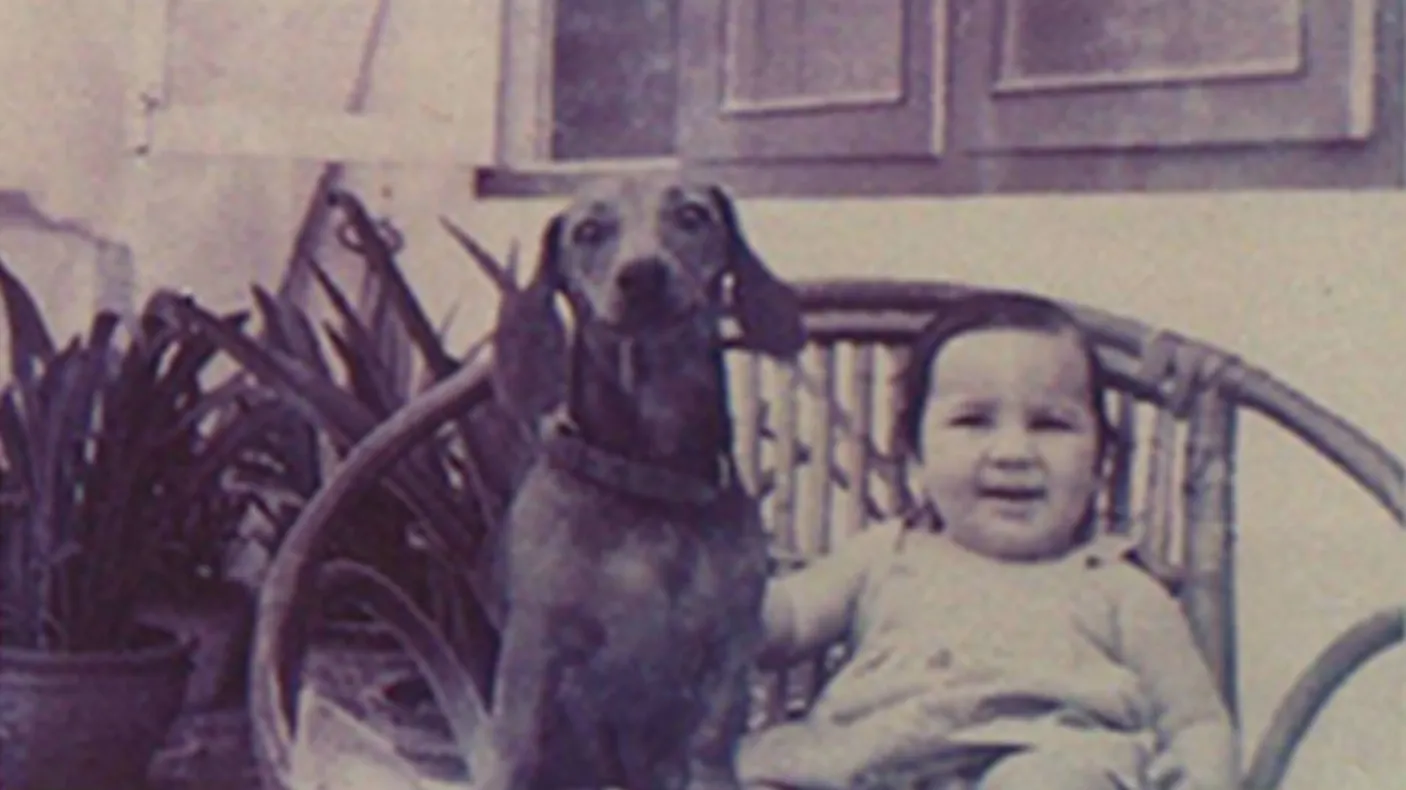Family Photographs: Shaping self, memory, and family migrations
ROM Curator Deepali Dewan contemplates how family photographs shape our experiences and identity, while chronicling our stories of movement
Published
Category
For Canadians, photographs
For Canadians, photographs in family collections are often linked to stories of movement, whether recent or in the distant past, over short or long distances, international or within Canada. Photographs play an important role in these experiences. They are taken at departures and arrivals, they capture the everyday moments and milestones, and they circulate through global networks to maintain connections across distances. Family photographs may be lost or destroyed along the way yet still linger in the imagination. To help illustrate how personal reflections allow us to better understand the important role of photography in shaping a sense of self, memory, and family narratives about migration, lead curator Deepali Dewan reflects on her family photographs.
What is it about family photos with pets that make them a mainstay of family albums? When I look at the one of myself at about a year old with our family dachshund, Tipsy, I don’t even recognize myself. My chubby face and squinty eyes make it seem like I just woke up. I don’t think I was walking yet, so sitting up like this in the chair was likely not my doing but rather the intervention of an adult figure beyond the camera frame propping me up this way. I look uncomfortable.
The dog, too, looks awkward, probably deliberately posed up on the wicker chair just like me. Amazingly, we are both looking directly at the camera. However, we aren’t exactly centred in the frame, suggesting that the photographer had to work quickly to capture an image that was going to soon fall apart.
I’ve always thought this photo makes me and the dog look particularly chummy. And certainly that was the point. I remember being told many times over the years, usually at family dinners, how Tipsy was my first dog and that we had a special bond. I suppose after being told enough times, I believed it too. But the truth is I don’t remember having particularly fond feelings for this dog. I’m not sure I’d have remembered her well, or at all, if it wasn’t for this photo.
Ever since I can remember, I’ve thought of myself as a “dog person.” That has been part of my narrative. This photo shaped a memory of my childhood, and indeed a sense of myself, that may not have been there if the photo did not exist. In other words, the photo, and the memory world it is a part of, didn’t reflect an experience, but produced it.
But there is more to this story. This photograph is not just about me and my dog, but rather it is about how photos of a child and their dog are part of many family albums. It fits into a shared cultural practice. In 1970s urban India, it wasn’t common for people to have dogs as household pets. Dogs were considered dirty, an uncontrolled element of society, always threatening to break into the family space, which is clean, controlled, and safe by contrast. For those who did keep a dog as a domestic pet, they did so as a sign of their modernity, of “Westernness,” and of upper middle-class status.
The modern shift in the association of dogs from street animal to family pet was introduced with Victorian culture, brought in, at first, by British civil servants during the colonial period, and later through English literature and Hollywood movies, as well as American and British periodicals. The Lassie TV series ran from 1954 to 1973, mythologizing the dog as a child’s best friend. The special bond between the boy and dog in that TV series depicted the dog as parental figure, sibling, friend, and protector all in one.
In my family, there may have been another reason as well. According to family lore, Tipsy arrived in our home so that my mother could “practice” before I was born. But in reality, Tipsy may have been brought in to comfort my American-born mother, who had married my Indian-born father and travelled across the world to start a new life far away from her family and familiar surroundings. My mother had grown up in upstate New York with a family dog all her life. A dog was a way to bring the familiar into the unfamiliar caused by her migration.
There is something about dogs that is linked to a nuclear family, not the extended family. Ann-Janine Morey says the “basic visual unit” for identifying family is the child and dog (Picturing Dogs Seeing Ourselves, 2014). And so the presence of the dog in our family photos seems to assert my parents’ nuclear unit within the larger extended family.
Our family photo album also has photos of me with our other dogs over the years: Bojo our sheep dog, Spotty our beagle, and Leo our mixed-breed rescue dog. The photos tell a story about our family. It is a narrative that has followed my family, individually and collectively, through several migrations: my mother’s from the U.S. to India, our family’s from India to the U.S., and my own to Canada. A dog is part of my little family in Canada. He is a chihuahua named Kilo. And there are numerous photos of him with my daughter in our digital family photo archive that, even now, shape the narratives my daughter will carry with her.
Deepali Dewan
Deepali Dewan is Dan Mishra Curator of South Asian Art & Culture.



